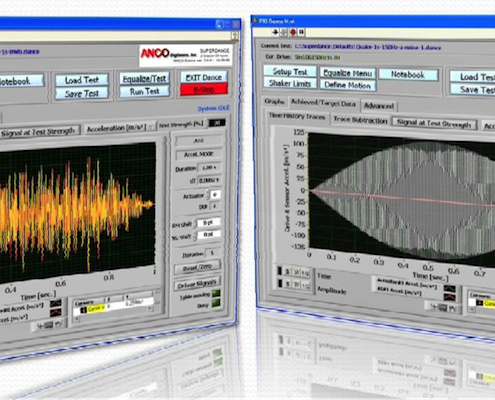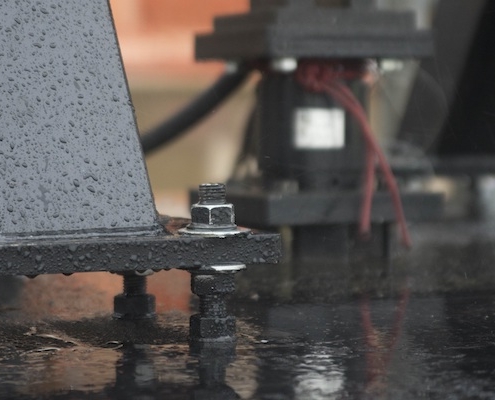I+D+i
HAMMER: System for structural monitoring of railway infrastructure based on dynamic response.
CDTI
Country: Spain
Year: 2016-2017
The study of the dynamic vibration behavior of railway bridges has taken on increased importance since the construction of the first high-speed lines. This is due to the fact that trains moving at speeds of more than 200 km/h introduce high excitation frequencies that can generate resonance phenomena that have had serious consequences in other types of structures in the past.
The study of the dynamic vibration behavior of railway bridges has taken on increased importance since the construction of the first high-speed lines. This is due to the fact that trains moving at speeds of more than 200 km/h introduce high excitation frequencies that can generate resonance phenomena that have had serious consequences in other types of structures in the past.
To ensure adequate functionality and safety of railway bridges, the instruction on technical inspections (ITPF-05) lays out the standards to be followed in the mandatory load tests for the acceptance of new works. In this sense, it specifies that load tests that reproduce the most unfavorable load states must be carried out on all railway bridges with any spans longer than 10 m, and that these load tests must be static as well as dynamic, and at different speeds.
In accordance with this, the dynamic tests must be carried out at speeds close to the resonance speed, which would be the most unfavorable situation in terms of the dynamic response of the structure. However, the constant maximum speed that may be reached, taking into account the conditions during the load tests for the acceptance of the works (including the safety requirements that must be respected), this is normally between 60 and 100 km/h. In most cases, these speeds will be far lower than the resonance speeds, which may be closer to the maximum speed for the line.
Inse Rail, in collaboration with the CDTI (Centro para el Desarrollo Tecnológico Industrial/Center for Industrial Technological Development) and the company TELICE developed the HAMMER project to provide an innovative technological solution able to facilitate and correct the needs identified in the vibration behavior study. To do this, it will develop an excitation system to induce vibration in railway bridges that will make it possible to apply a series of techniques to analyze the aforementioned dynamic behavior of railway bridges, overcoming many of the limitations and drawbacks of the methods that are currently available. From the technical point of view, the goal is to manufacture the first prototype of system capable of improving the safety, functionality, and knowledge of the evolution over time (upkeep) of railway bridges, based on the application of experimental analysis technologies that are better than the ones currently used in the railway industry.





Diagonal tram extension. (Barcelona)
Services to coordinate the Metro de Málaga works for handover to the concessionaire and commissioning supervision